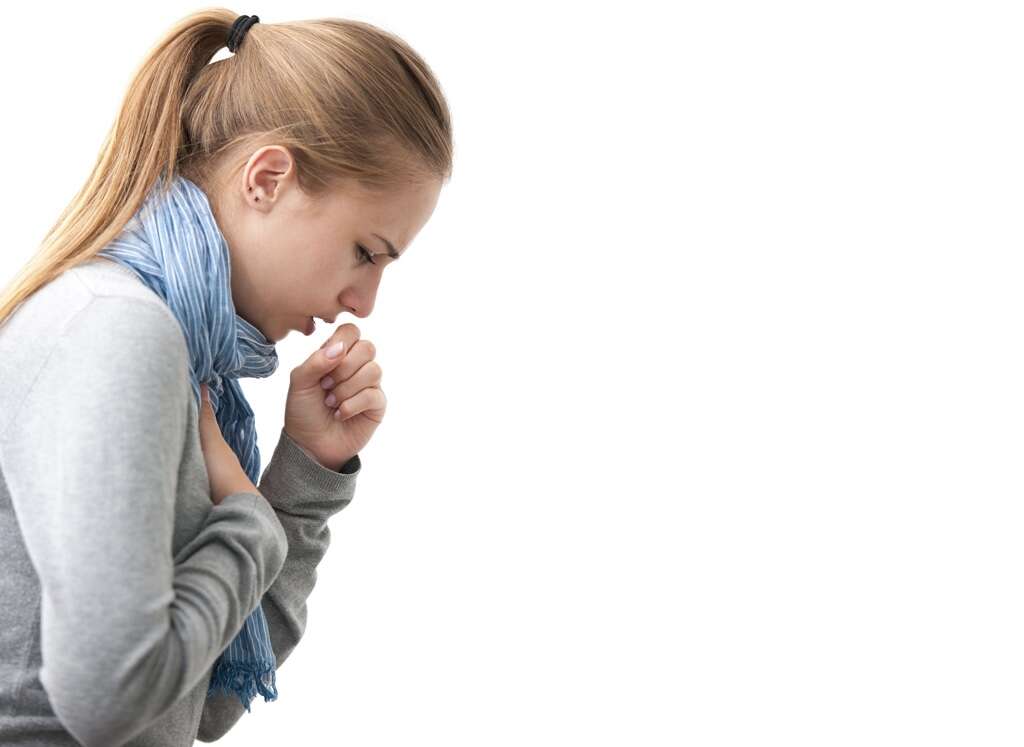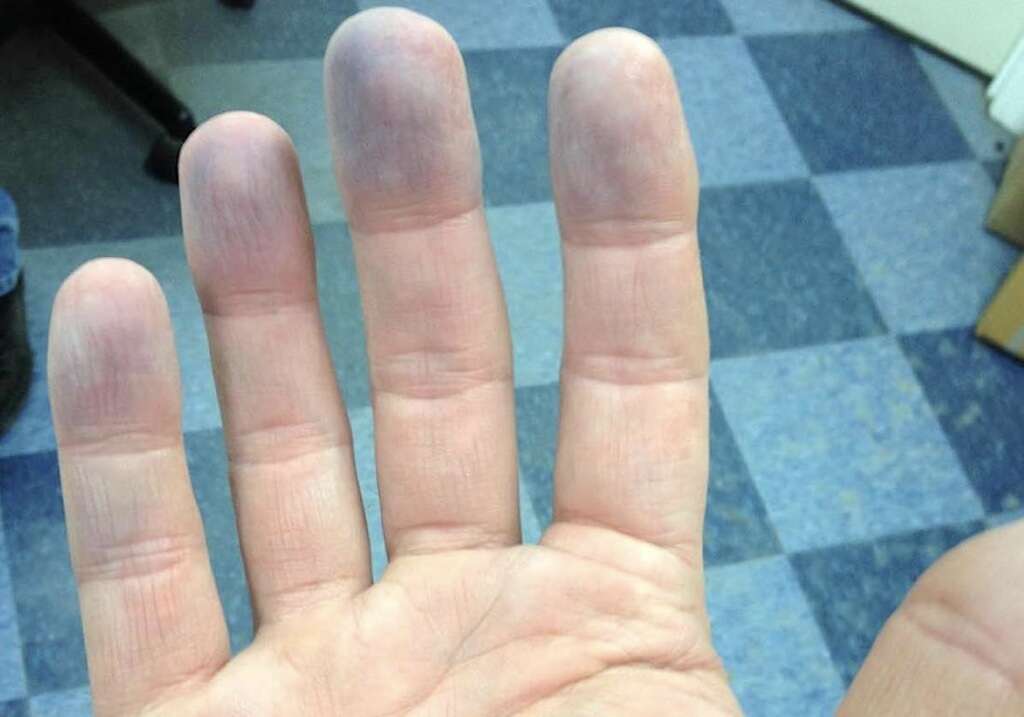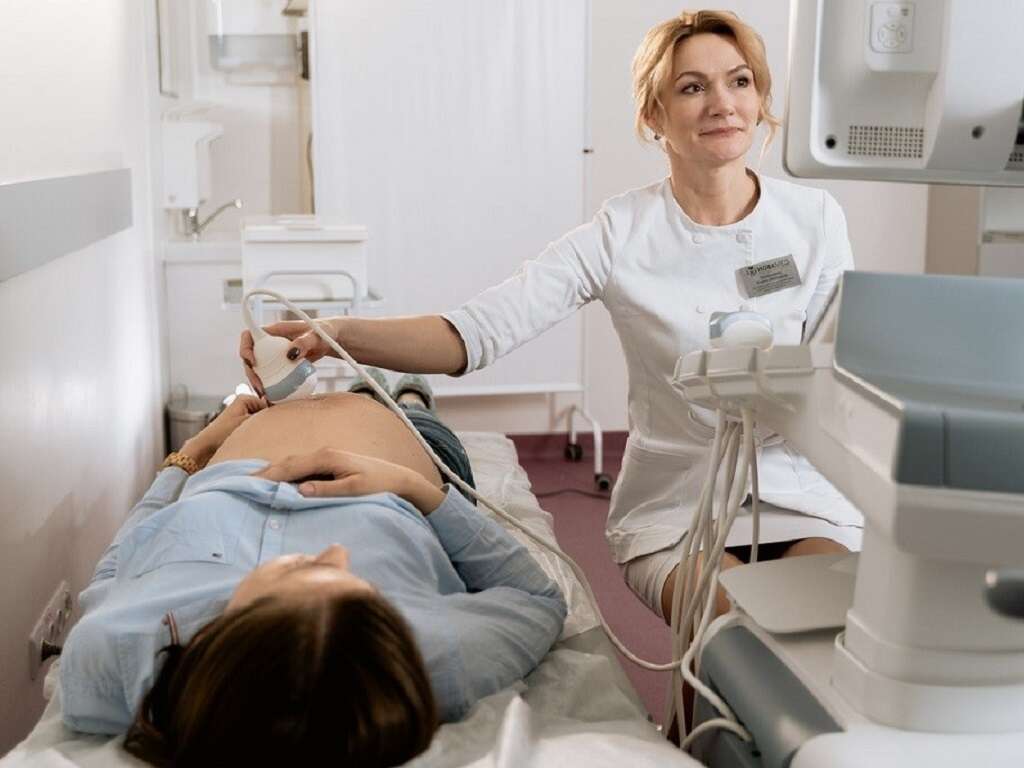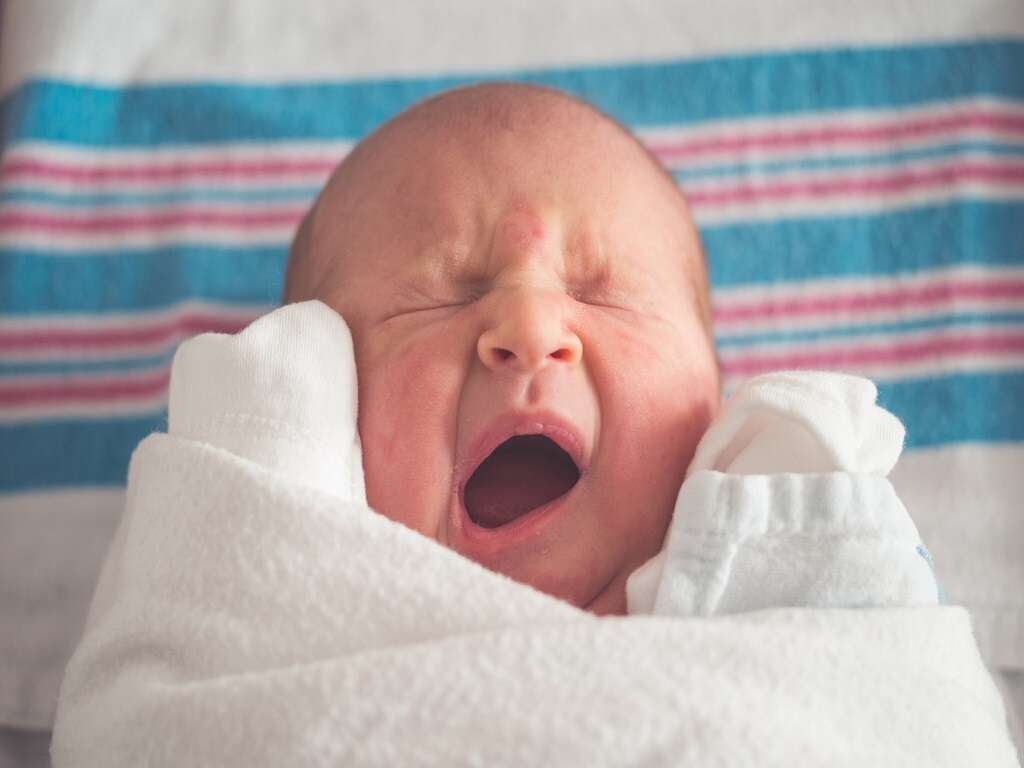10 Signs and Symptoms of RSV
Respiratory syncytial virus (RSV) is a virus that causes respiratory tract infections. It contributes to most hospital visits for infants or young children. It also causes the majority of lower respiratory tract infections in the pediatric population.
Infection peaks during the winter months or rainy season (for tropical regions). Over 4 million children will get an RSV infection each year in the US. It is important to notice that RSV is not restricted to the pediatric population alone, it causes over 100.000 hospitalizations in the elderly each year as well.
Symptom #1: Fever
Fever or pyrexia occurs when there is a higher than normal temperature due to the increase in the body’s set point of temperature. This increase leads to muscle contractions and a feeling of coldness to increase heat production and conservation. It is important to note that a fever can trigger a febrile seizure in young children.
A fever can have various causes such as infection (bacterial, viral such as RSV, parasitic, fungal), common cold, vasculitis, cancer, and deep vein thrombosis. While the treatment of a fever is usually unnecessary, medications such as ibuprofen or paracetamol can be beneficial to help lower the temperature. Tepid sponging, rest, and hydration are also important.
Symptom #2: Cough
A cough is a repetitive and sudden reflex that functions to clear the airways from irritants, pathogens, and foreign particles. Frequent coughing indicates that there is an underlying disease. Bacteria and viruses have evolved by benefiting from this reflex as the host helps to spread the disease by coughing.
Besides an infection (such as in an RSV infection), a cough can also occur in asthma, air pollution, smoking, post-nasal drip, gastroesophageal reflux, lung tumors, and heart failure. Treatment of cough depends on the underlying cause.

Symptom #3: Tachypnea
Tachypnea can be defined as abnormally fast breathing. The normal respiratory rate for an adult ranges from 12 to 20 breaths per minute. In children, tachypnea can be an early sign of pneumonia.
Other causes of tachypnea include sepsis, pleural effusion, asthma, carbon monoxide poisoning, laryngospasm, pulmonary embolism, chronic obstructive pulmonary disease, and foreign body aspiration. In a RSV infection, tachypnea may be due to the increased body temperature or narrowed airways causing low oxygen saturation.
Symptom #4: Cyanosis
Cyanosis refers to the purplish or bluish discoloration of the mucous membranes or skin due to low oxygen saturation. It can be divided into central or peripheral cyanosis. Central cyanosis can be seen at the core, such as the tongues and lips. It can be seen in pneumonia, drug overdose, bronchospasms, pulmonary hypertension, hypoventilation, and cardiovascular diseases.
Peripheral cyanosis is seen at the extremities such as the fingers and toes. It can be seen in all the common causes of central cyanosis, cold exposure, arterial obstruction, and so on. In more advanced cases of an RSV infection, cyanosis may occur as there is low oxygen saturation due to narrowed airways.

Symptom #5: Wheezing and Rales
Wheezing is a term where there is a continuous whistling sound produced by the airways during breathing. Wheezes only occur when part of the respiratory tree is obstructed or narrowed, which heightens the velocity of the airflow. It can be seen in asthma, congestive heart failure, and lung cancer.
Rales are abnormal sounds heard through a stethoscope. They can sound like a crackling, whistling, or sloshy sound. Both wheezing and rales indicate that the airways are narrowed and is often a sign of respiratory distress. Patients experiencing wheezing or rales should seek medical attention.
Symptom #6: Lethargy and Irritability
Lethargy describes a state of fatigue, tiredness, lack of energy, or weariness. Those affected can also experience decreased motivation, depression, and apathy. It can be seen in various situations such as improper nutrition, overworking, inadequate sleep, lack of exercise, boredom, or underlying illness.
Irritability can be described as the state where one is easily frustrated, aggravated, and prone to anger. Both lethargy and irritability can be seen in patients with an RSV infection. In young children who are unable to verbalize themselves, it may be expressed through persistent crying and fussiness.

Symptom #7: Apneic Episodes
Apneic episodes occur when there is cessation of breathing. During apnea, the muscles of inhalation do not move, and the lung volume remains unchanged. Depending on the severity of the blockage in the airways, there may or may not be any gas flow. However, gas exchange in the lungs and cellular respiration is unaffected. It can be likened to involuntarily holding one’s breath.
Apnea can be seen in opiate toxicity, tryptamine toxicity, and obstructive sleep apnea. In an RSV infection, apneic episodes can be seen in very young infants. If this occurs, it is important to seek medical attention.
Symptom #8: Poor Appetite
Poor appetite, or anorexia, is a common symptom of various conditions. In infection, it occurs as part of the acute phase response, which is triggered by peptidoglycans or lipopolysaccharides present in bacteria cell walls, double stranded viral RNA, bacterial DNA, and viral glycoproteins. These structures trigger the production of proinflammatory cytokines, which has an effect on appetite.
While poor appetite may be harmless in adults, younger children, and infants who are not eating or drinking should be seen by a medical professional. Younger patients with an RSV infection may also have trouble drinking.

Symptom #9: Nasal Congestion and Runny Nose
Nasal congestion refers to the blockage of the nasal passages due to the swelling of the nasal membranes from inflamed blood vessels. There are various causes of nasal congestion, which range from harmless to life-threatening conditions.
In infants, especially during the first few months of life, nasal congestion interferes with breastfeeding and can cause respiratory distress. A runny nose, or rhinorrhea, occurs when there is a significant amount of mucus in the nasal cavity. It is a common symptom and can be seen in allergies, colds, and infections. Since RSV is an infection that affects the respiratory system, nasal congestion and a runny nose are both common symptoms.
Symptom #10: Chest Wall Retractions and Nasal Flaring
Chest wall retractions occur when the individual has trouble breathing due to the muscles not being able to function normally. Although the muscles are trying to get air into the lungs, the lack of air pressure causes the soft tissue and skin in the chest wall to sink in or retract. It is especially obvious in infants and young children as their chests are soft and have yet to develop fully.
It can be seen in conditions such as bronchiolitis, asthma, croup, respiratory distress syndrome (such as in an RSV infection), pneumonia, and epiglottitis. Nasal flaring refers to the widening of the nostrils when one is breathing. It is one of the signs that may indicate respiratory distress.











